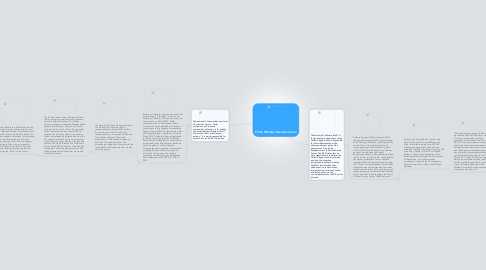
1. The Ministry of Defence (MoD) is the government department of the United Kingdom that is responsible for the implementation of the defence policy set by the UK's government, it is also the headquarters of the British Armed Forces. The MoD states that its main objectives are to defend the United Kingdom and its interests, and also to strengthen international peace and stability. The MoD has identified that weapons of mass destruction, international terrorism and failed and falling states are the overriding threats to the UK and its interests.
1.1. Defence Secretary (Philip Hammond MP) is the elected Conservative MP and is the head of the Ministry of Defence, including all of the Armed Forces. He controls the salary of serving personnel in the British Army, Royal Air Force (RAF) and the Royal Navy. Veterans' pensions are also under his control. Equipment purchase is also another significant role of his job; a "high profile" case would be the dispute of whether or not to keep the 'Vanguard Class' nuclear submarines carrying the "Trident" nuclear warheads. He also deals with service men and women who have been injured or mamed in conflict, deciding on and implementing care for them and their families. he has also been forced to reduce the size of all Armed Forces by over 20,000 personnel.
1.1.1. Her Majesty's Armed Forces consist of the Royal Navy, Royal Air Force (RAF) and the Army. In total there are well over 200,000 active service personnel in the 3 services combined - 35,000 in the Royal Navy, 101,000 in the Army, 40,000 in the RAF and 85,000 civilians. Current operating theatres of the British Armed Forces range from the Antarctic to Afghanistan. It is a governmental organisation funded by the UK taxpayer to protect and serve the citizens of the United Kingdom.
1.1.1.1. The Defence Vetting Agency (DVA) is an organisation within the Ministry of Defence. It is mainly responsible for vetting employees of the British Armed Forces, MoD, civil servants, defence contractors, and certain other government departments and organisations who work on contracts with certain government departments. It was formerly an executive agency known as the Defence Vetting Agency until 1 October 2011, when its executive agency status was removed and it was transferred into the new DBS organisation. Applicants to any of these departments will be checked for criminal backgrounds and any connections with terrorism.
2. Department of Communities and Local Government aims to "foster prosperous and cohesive communities, offering a safe, healthy and sustainable environment for all. Information about activities and policies." It is mainly pesponsible for councils, but is also the Fire Service.
2.1. Secretary of State for Communities and Local Governments is Eric Pickles. In his role as Secretary of State for Communities and Local Government, on 30 July 2010, Pickles announced plans to hand powers where ministers can cap unreasonable increases in council taxes to local people. A consultation begun in August 2010 and the powers, which will require legislation, should be in force by March 2012. Pickles said he was determined to reverse the presumption that Whitehall knows best by making local councils directly accountable to the local taxpayer. Residents would be asked to choose between accepting the rise or rejecting it and instead accepting a below inflation rise, but with reduced council services. The average council tax on a Band D property increased from £688 a year in 1997/98 to £1,439 for 2010.
2.1.1. The head of the Fire and Rescue Services is the MP Bob Neil. His main specific responsibility lies solely with the Fire and Rescue Service of the UK. under this responsibility he is in charge of the Service. This includes the overall pay of the Firefighters, as well as pension schemes and rates for retired personnel. The purchasing of equipment, coupled with the recruitment and selection process, are also under his power.
2.1.1.1. The North Yorkshire Fire and Rescue Service is the fire and rescue service covering the seven districts of North Yorkshire. This includes Craven, Harrogate, Hambleton, Richmondshire, Ryedale, Scarborough, Selby; as well as the unitary authority of City of York. This particular fire and rescue service has a total of 39 fire stations. The majority of these are crewed by staff on the retained duty system (the station is not manned constantly but crew members are a short distance away), with the minority being full time. The North Yorkshire Fire and Rescue Service has 44,000 fire officers, of which 3.9% are female. The service also possesses 5,600 fire applicants and 2 stations that are crewed solely by volunteers.
2.1.1.1.1. The North Yorkshire Fire Authority acts as the link between the fire and rescue service and the UK taxpayers through the individual local communities they serve. North Yorkshire Fire Authority members will achieve this by visiting schools, local businesses and homes to increase the awareness of fire and safety in the community. They will also inspect the North Yorkshire Fire and Rescue Service to make sure they are achieving targets and goals set by the "Chief" of the service.
